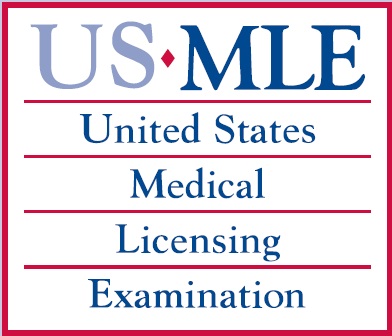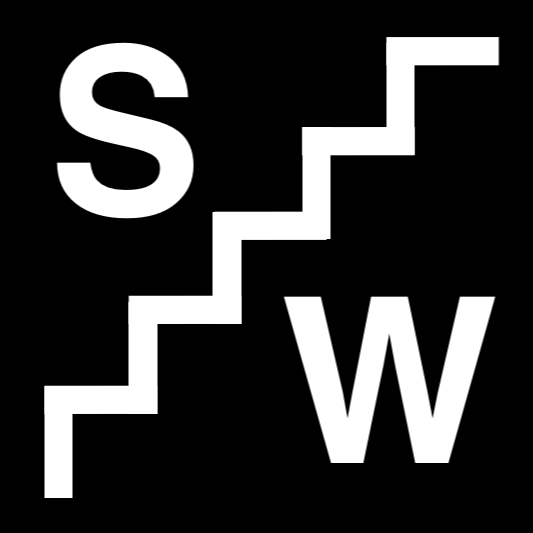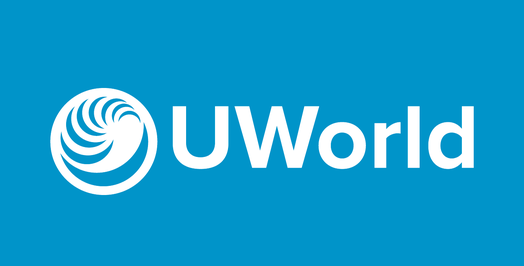Page Contents
OVERVIEW
This page is dedicated to discussing the core elements of the USMLE Step 1 exam. This is an exam (often referred to as one of the boards) that is required for medical licensing in the United States.

WHAT ARE SOME OF THE BASICS?
While this exam was already introduced on the Standardized Exams For The Medical Student page there are a few key points to keep in mind when thinking about Step 1.
What is the point of this exam?
In a nutshell, it seems the point of this exam really is to evaluate a medical student’s understanding of the “basic science principles” upon which clinical medicine is built upon. In reality, the test’s main practical purpose seems to be to help residency programs in selecting competitive candidates (as many of the questions on the exam are obscure in nature, and lack actual clinical merit).
What is the format of the exam?
This Step exam is administered in an electronic format to all students who take it. It is comprised of 280 questions (seven 1-hour sections that each contain 40 questions). The entire exam can take up to 8 hours with the breakdown of testing time listed below:
- Tutorial (optional): 15 minutes (tutorial time not used by the student will be added to the total break time given to the student)
- Break time: 45 minutes (can be taken in between question blocks at the student’s digression)
- Question blocks (7 total): 7 hours
How is the exam graded?
There are two major components to how this Step exam is graded. The first is a distinction on if the student has passed or failed the exam, and the second is a numerical score given to reflect the student’s total performance on the exam.
- Pass/fail distinction: for a given year, a specific score is set as the passing threshold for the exam. Students scoring below this score will fail the exam and need to re-take it in order to gain their medical license.
- Numerical score: the exact way this score is calculated remains a mystery, however it in theory can range from 1 to 300. The higher the score the better.
WHAT ARE SOME OF THE “CORE” RESOURCES I SHOULD USE WHEN PREPARING FOR THIS EXAM?
It is important to realize that there is always subjectivity when deciding which resources one should use for the Step exams. In this section the goal is to try and lay out the most objectively useful resources that arguably should be considered by ALL students preparing for their Step exam:
This Website (Stepwards.com): It is important to realize that a large element for creating this website was to craft resources for medical students to help make preparing for the standardized exams (like the step exams) much easier. Much of the content on here has been created during the process of preparing for the various step exams, and is fundamentally useful in helping students prepare for the test.

Here are a few specific sections of the website that are especially “high yield” for neurology shelf studying:
- USMLE Content Outline (complete outline): much of the content that is listed on this official USMLE outline also overlaps with what is tested on the various step exams. Each step exam can cover all the different sections of this content outline.
- Archive of standardized exam questions (complete archive): This page is dedicated to organizing various examples of standardized exam questions BY THE TOPIC THEY ARE ASKING ABOUT. While this may seem a odd practice, it is useful to see multiple examples of how certain topics will be characterized on standardized exams. The purpose of this archive is not to serve as a question bank, but instead as an efficient study tool used to familiarize oneself with the content of the exam.
Official NBME Practice Examinations: these exams are created by the testmakers of the step exams. Fundamentally it is very hard to come up for a reason why a student would not take these exams as preparation for the boards. They are in the same general format as the real thing. No other resource comes close in crafting questions that represent the actual exam accurately.

Below are some key points to realize when thinking about these NBME practice exams:
- Where to find them: To find the NBME practice exams log into their self assessment website and look under the “Comprehensive Basic Science Self-Assessment” where the practice tests for Step 1 will be listed.
- Details of the exam: There are 6 exams offered as of now. Each one costs $50 to purchase (without any feedback on the questions) and 60$ to purchase (with feedback on the questions). Each exam is 200 questions in length (split into 4 sections that are each 50 questions in size).
- Answer key/explanations: It is VERY IMPORTANT TO REALIZE THAT THESE EXAMS DO NOT COME WITH AN ANSWER KEY OR EXPLANATIONS. By paying the additional 10$ for feedback for each exam, students buy the “privilege” of being told which questions they answered incorrectly. This, while valuable, still leaves a lack of closure for students taking these practice tests. It is for this reason that many students gravitate away from using this resource. NOT TO WORRY much of the content that is tested on these exams can be found on Stepwards.com! Leverage the search feature on this site when working through these exams.
First Aid For The USMLE Step 1: this book is essentially thought of as a key resource for anyone preparing for this step exam. It is a very dense, and condensed reference guide to much of the content that could be covered on the Step exam. This book can be found here.

UWorld Step 1 Question Bank: it is important to realize that this question bank is NOT created by the testmakers of the Step exams. With this in mind, it is fairly universally accepted as being helpful in preparing for the boards. The questions of this particular question bank are designed to prepare one for the Step 1 exam. This question bank can be found here.

WHAT ARE SOME OTHER RESOURCES WORTH EXPLORING?
While the rest of the resources listed below can all be very useful, it is important to realize that it is really not practical to purchase/work through them all. Every student needs to be true to their own learning style and invest in the materials that are tailored to their educational needs. Below are some resources that are worth considering.
**OTHER RESOURCES THAT MAY BE USEFUL TO STUDENTS MAY EXIST EVEN IF THEY ARE NOT LISTED ABOVE**
Page Updated: 05.18.2017